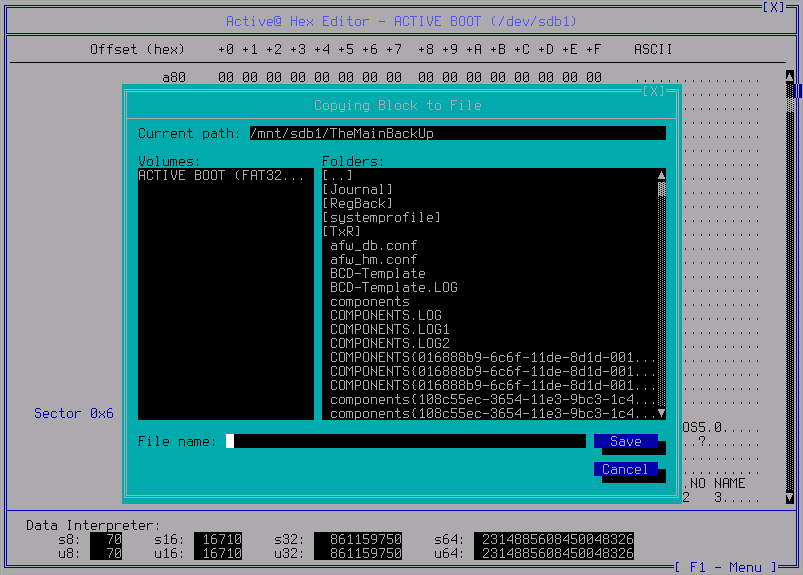

The A: and D: devices have much longer numbers and are not devices that typically use MBRs or their disk signatures - for example Floppy, CD/DVD, USB flash keys/cards, or GPT configured hard drives. The devices with the shorter 24 digit numbers will be devices that are actually partitions on a hard drive - in our example this is the C: E: F: and G: drives. Regedit and navigate to the key - HKEY_LOCAL_MACHINE\SYSTEM\MountedDevicesĪs you can see in the right hand pane of fig:1 each device that Windows has allocated a drive letter will have its own \DosDevices\ line with a long alpha/numeric number in the Data column. ( Note that it is different on the new GPT styled hard drives where the MBR disk signature no longer has any involvement in the boot process.)įrom inside Windows perhaps the easiest way to see a disk signature is just to open the Windows registry editor In the absence of a sought after disk signature the Windows bootmanager will in its default configuration be unable to locate operating systems on classic MBR configured hard drives. It still has this use and others in the IT world of servers and disk clusters but from 2007 and the release of Vista it also became a vital component in how the Windows boot files find the hard drive of the operating system to be started. This signature dates back to Windows NT 3.5 in the mid 1990s and was then referred to as the Fault Tolerance Signature because its primary purpose was to help a booting or booted operating system uniquely identify individual hard drives in a fault tolerant dynamic disk raid configuration. The Disk Signature is a unique ID number that Windows writes to a specific location inside the Master Boot Record ( MBR) on the first sector of every hard drive that it sees.
WXHEXEDITOR VIEW DISK HEXADECIMAL HOW TO
Master Boot Record and how to see and manually change it.

Purpose and location of the Disk Signature in the


 0 kommentar(er)
0 kommentar(er)
